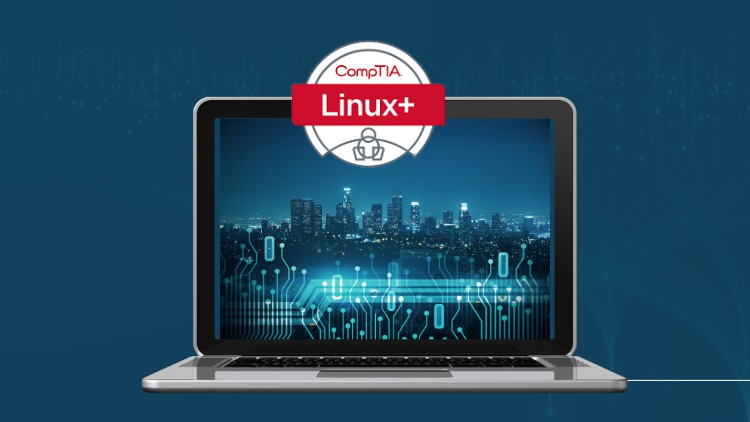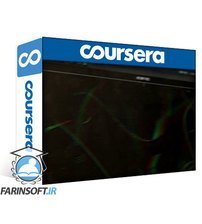در حال حاضر محصولی در سبد خرید شما وجود ندارد.

Mastering Linux Administration and Security
در این روش نیاز به افزودن محصول به سبد خرید و تکمیل اطلاعات نیست و شما پس از وارد کردن ایمیل خود و طی کردن مراحل پرداخت لینک های دریافت محصولات را در ایمیل خود دریافت خواهید کرد.


آموزش رباتیک بویژه ربات های پرنده

Cyber Security for Non-Technical User

CompTIA Network+ Full Course

JavaScript 10 Projects in 10 Days Course for Beginners

JavaScript Projects Course Build 20 Projects in 20 Days

Android App’s Development Masterclass – Build 2 Apps – Java

Mastering JavaScript by Building 10 Projects from Scratch

20 Web Projects build 20 HTML, CSS and JavaScript projects

Learn JavaScript by Creating 10 Practical Projects

Android Course Build 3 Applications from Scratch with Java